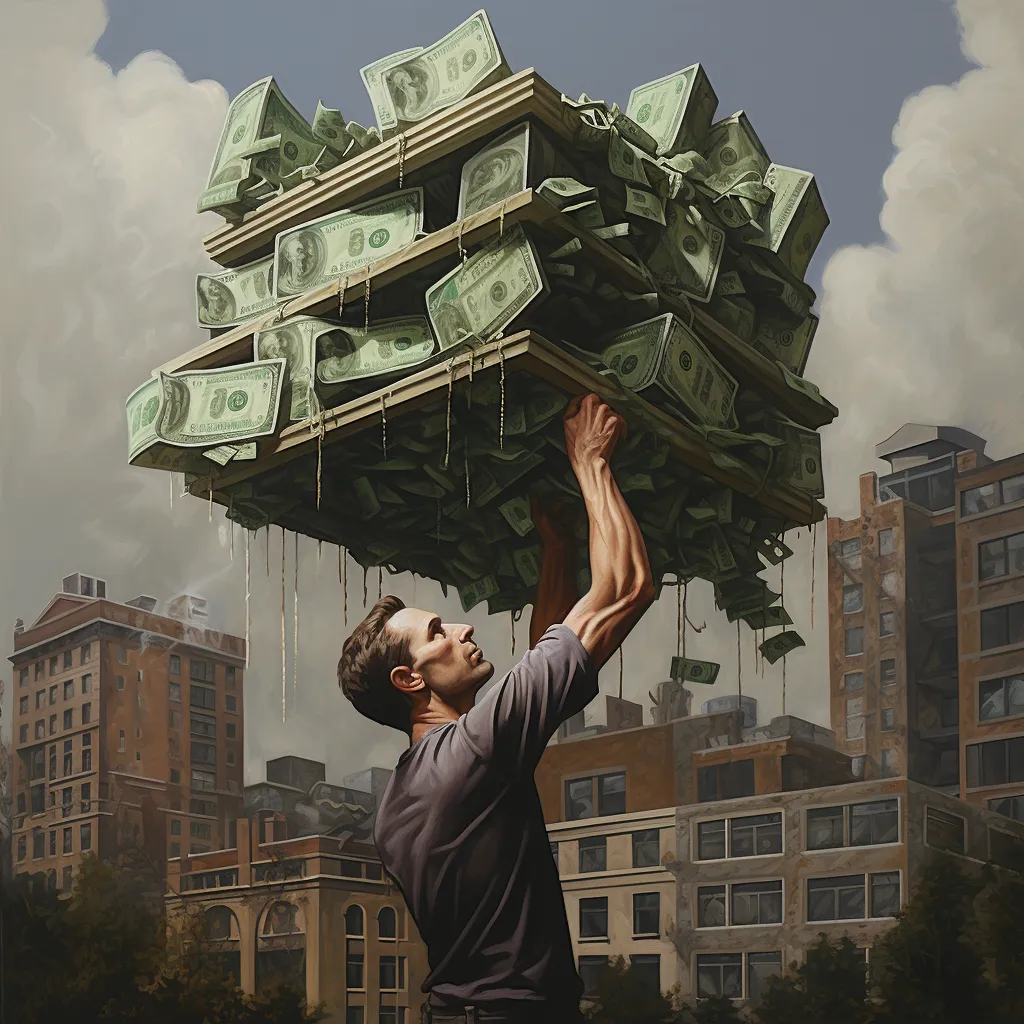BLOG

Fed Rate Indicator Signals Major Cuts Ahead Amid Growing Economic Challenges
Just when we thought we had a handle on every Fed interest rate metric out there, Barron’s introduced a new one: the difference between the effective federal funds rate (EFFR) and the 2-year Treasury yield.
With Jerome Powell confirming that "the time has come for [monetary] policy to adjust," markets see this as close to a promise of rate cuts. However, the EFFR—currently at 5.33% compared to a 2-year yield of 3.68%—won’t change until the Federal Open Market Committee acts. That creates a gap of -136 basis points, the largest negative spread since 2008, hinting at potential economic trouble.
Historically, every time this difference drops below -100 basis points, a recession has followed within 2 to 12 months. While it’s not a guarantee, we should consider that a similar dynamic led to the 2008-2009 financial crisis.
Although Barron’s mentions this might not yet be a balance sheet recession (where high public debt and low asset prices collide), commercial real estate (CRE) is already feeling the pressure. Debt is increasing, valuations are declining, and refinancing isn’t easy. Rising costs for insurance, taxes, and utilities are also squeezing margins. If a recession hits in 2025, the negative conditions could worsen.
RXR CEO Scott Rechler recently pointed out that rate cuts, even if substantial, won’t be enough to save CRE. "Higher is the new normal" for interest rates, and Powell echoed that sentiment, saying we may never return to the low rates and inflation levels we saw before the pandemic.
Even if rates stabilize around 3% to 4%, the CRE industry will need to recalibrate its values and capital structures. A sharp downturn in 2025 might leave the sector without enough support to weather the storm.


COMPANY
CONTACT US
LEGAL
FOLLOW US
Berkshire Hathaway Jacklin Real Estate License #LC54285
Copyright 2025. 7fold Realty Advisors. All Rights Reserved.

